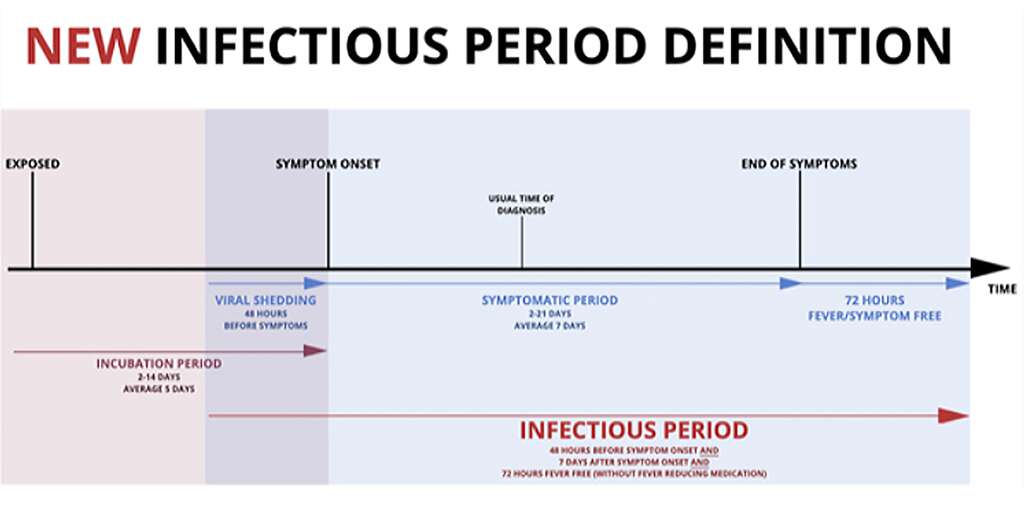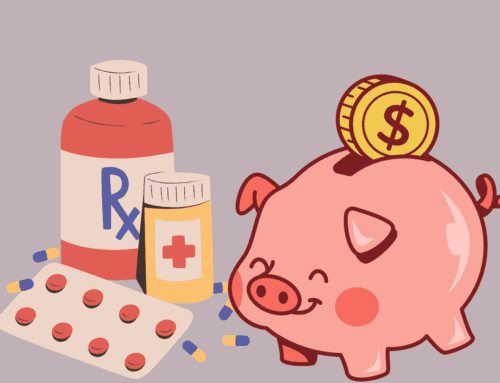The disease that is caused by the SARS CoV2 virus presents and transmits like many other respiratory viruses which makes it difficult to identify and contain. I would like to provide information about the period from when someone is exposed to the SARS CoV2 virus, when they are infectious, and when they are most likely to have a positive test.
The graph above illustrates the timeline of COVID-19 illness after exposure.
Incubation period is the estimated amount of time it may take for someone to develop COVID-19 after exposure. Right now, for adults it is about 2-14 days. This is why we use the 14 day guideline for close-contact quarantine period.
Studies show that PCR tests for coronavirus can detect up to 98% of cases by day 7-8 after exposure.
Infectious period is when you are contagious after exposure to the virus. Most respiratory viruses have an infectious period of about 48hrs before symptoms develop. Anyone that has been in contact with someone with COVID-19 48hrs before that person’s symptoms began should quarantine for 14 days. The end of the infectious period can vary, but is defined as being fever free for at least 24 hours AND 10 days from symptom onset.
The local health department contact tracers are not able to reach out to every person (roughly 50% of people are being contacted who have been exposed). This is why it is important for the general public to know these guidelines so we can appropriately notify our potential close contacts to help mitigate the spread.
Be well, everyone. Stay diligent… wear a mask, wash hands, social distance and try (if possible) to keep interactions with folks brief. This will reduce your risk of transmission, and also your chance of needing to quarantine.
Dr Natasha Diaz





